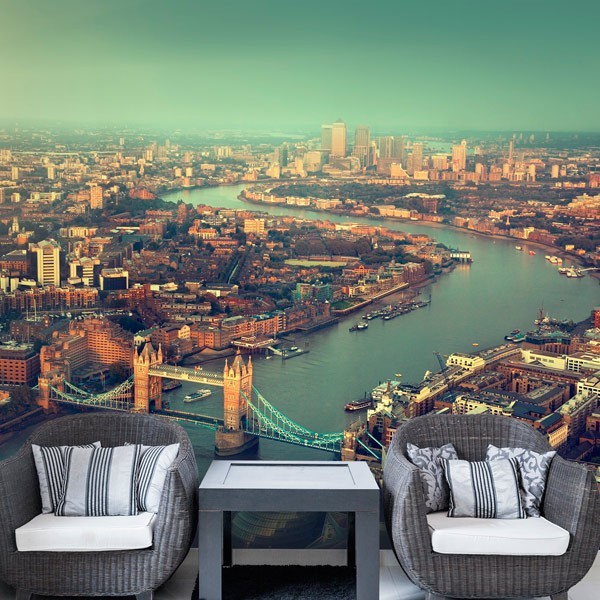

The Tower Bridge (Tower Bridge) is one of the most characteristic symbols of London. Despite this, on its inauguration day it was classified as "monstrous" and "grotesque" by The Builder magazine. We often confuse Tower Bridge with London Bridge, a more austere and ancient bridge that was the first to be built to join the two banks of the River Thames.
Tower Bridge was built in the 19th century during the expansion of London, a fixed bridge could not be built as this would cut off access to the Pool of London, the original London port. For this reason the bascular bridge that we all know was created. The design of this bridge was created by Horace Jones and was approved in 1884. The cams that make up the central distance between the two towers can rise up to 65m high at an angle of 83 degrees. Each of these cams weighs over 1,000 tons, but they are designed to be lifted to minimize power consumption. Originally they were raised by a steam engine, currently this machinery has been replaced by electric motors, although we can still visit the old mechanism in the old engine rooms that are open to the public.